Random drug testing programs appear to deter drug use, DTI data shows. In the federally mandated safety-sensitive workforce, where employees expect random drug testing, the drug positivity rate is far lower than the rate of positivity among job applicants in that same workforce. However, in the general workforce, where employees are far less likely to expect random drug testing, the drug use positivity rate is dramatically higher than that of job applicants. “At first, it may not be surprising that in the safety-sensitive workforce random drug test positivity is nearly 18 percent lower than pre-employment positivity,” according to Barry Sample, Ph.D., Director of Science and Technology for Quest Diagnostics’ Employer Solutions Division.
“Pre-employment drug testing is an important frontline filter to help ensure a drug-free workforce. However, we see a more complex story when these rates are compared to the general workforce, where employees are far less likely to expect random drug testing. Here, the random urine test positivity rate is 47 percent higher than the pre-employment urine test positivity rate.”
Random urine test positivity among safety-sensitive workers was 1.4 percent, according to the 2008 DTI, nearly 18 percent lower than the pre-employment positivity rate. Those employed in the safety-sensitive workforce understand that they can be subject to a random drug test at any time. In the general workforce, where random urine testing is not typically required of employees nor expected, the random urine test positivity rate was 47 percent higher than that workforce’s pre-employment positivity rate. The general U.S. workforce pre-employment urine testing positivity rate reached 3.6 percent, while the general U.S. workforce random urine testing positivity rate reached 5.3 percent.
For more information about drug testing, visit our website.
 Your Privacy Choices
|
Privacy Notices
|
Terms
|
Language Assistance / Non-Discrimination Notice | Asistencia de Idiomas / Aviso de no Discriminación | 語言協助 / 不䈚視通知
Your Privacy Choices
|
Privacy Notices
|
Terms
|
Language Assistance / Non-Discrimination Notice | Asistencia de Idiomas / Aviso de no Discriminación | 語言協助 / 不䈚視通知
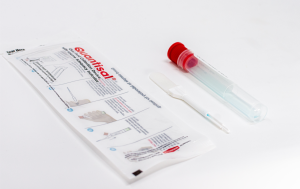
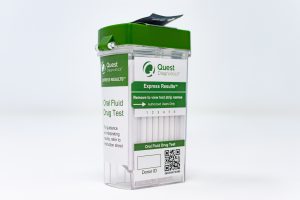
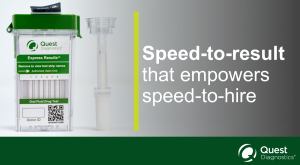
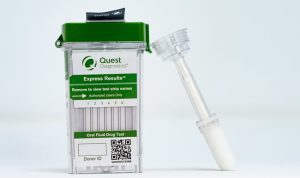


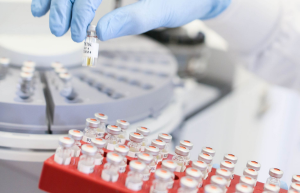
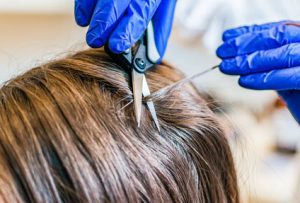
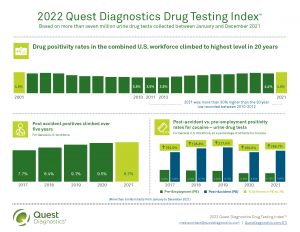










Random drug testing programs appear to deter drug use, DTI data shows. In the federally mandated safety-sensitive workforce, where employees expect random drug testing, the drug positivity rate is far lower than the rate of positivity among job applicants in that same workforce. However, in the general workforce, where employees are far less likely to expect random drug testing, the drug use positivity rate is dramatically higher than that of job applicants. “At first, it may not be surprising that in the safety-sensitive workforce random drug test positivity is nearly 18 percent lower than pre-employment positivity,” according to Barry Sample, Ph.D., Director of Science and Technology for Quest Diagnostics’ Employer Solutions Division.
“Pre-employment drug testing is an important frontline filter to help ensure a drug-free workforce. However, we see a more complex story when these rates are compared to the general workforce, where employees are far less likely to expect random drug testing. Here, the random urine test positivity rate is 47 percent higher than the pre-employment urine test positivity rate.”
Random urine test positivity among safety-sensitive workers was 1.4 percent, according to the 2008 DTI, nearly 18 percent lower than the pre-employment positivity rate. Those employed in the safety-sensitive workforce understand that they can be subject to a random drug test at any time. In the general workforce, where random urine testing is not typically required of employees nor expected, the random urine test positivity rate was 47 percent higher than that workforce’s pre-employment positivity rate. The general U.S. workforce pre-employment urine testing positivity rate reached 3.6 percent, while the general U.S. workforce random urine testing positivity rate reached 5.3 percent.
For more information about drug testing, visit our website.